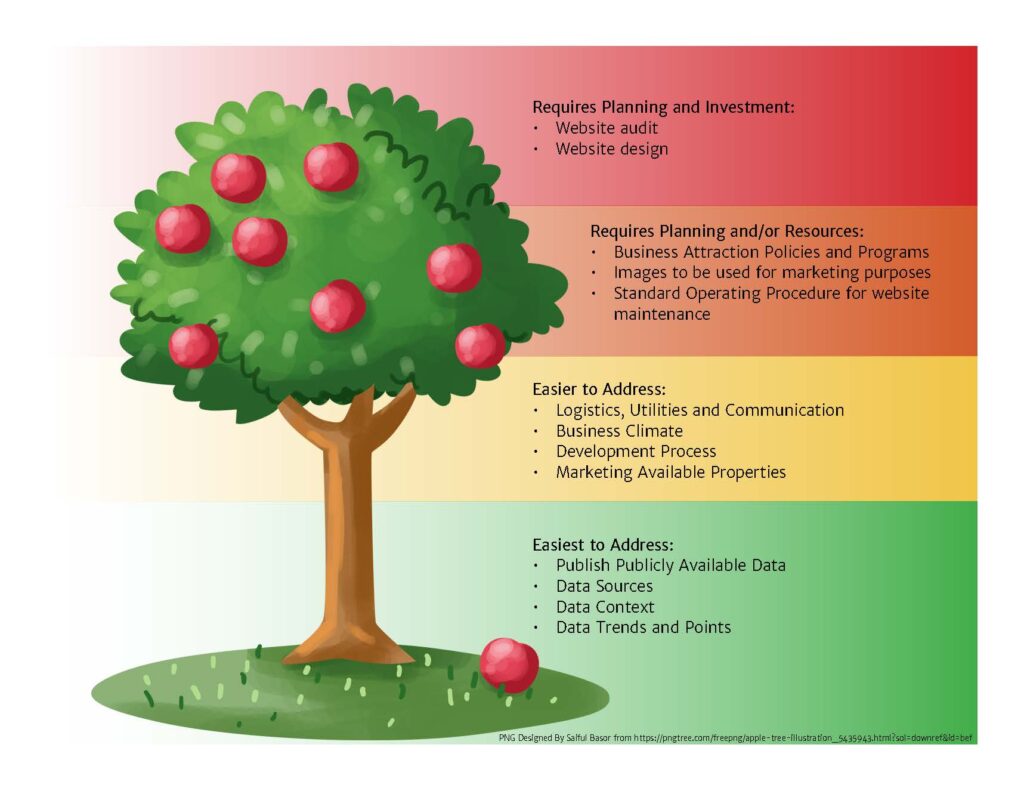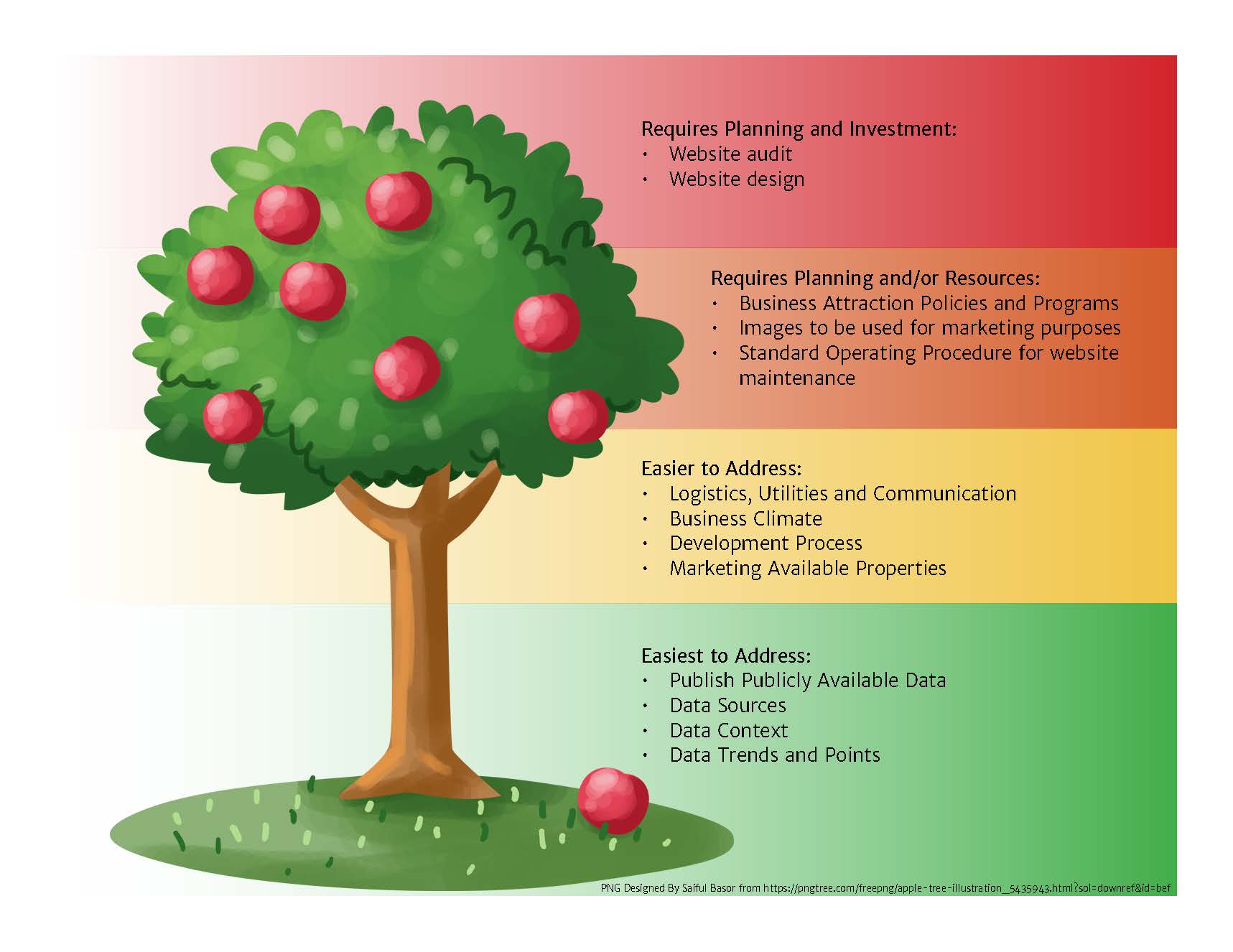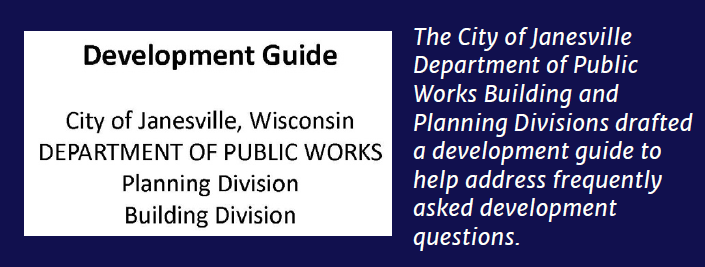As a former public sector economic developer, having updated data on my community and available properties was critical to the success of being selected for the next big project. Now I get to work with communities of all sizes. One of the first places I look for information is from the community itself. I’m often surprised by what I do and do not find on their website and how it is organized. As you and your communities are planning for the next year, allocating time and resources to the following tips could be a game changer for your community.
Tip #1: Publish Publicly Available Data
When a commercial broker or site selector is working on finding an ideal site for their client, most of the research they do occurs before they ever walk through the doors of City Hall. The more convenient the search for information is, reduces costs and tips the community to have the upper hand.
Tip #2: Consider the Data Source
The American Community Survey 5-year Estimates from the U.S. Census Bureau is the most reliable data source, especially for communities with less than 20,000 in population. Users can also download Excel files, aggregate those files, and analyze the trends over time.
Tip #3: Consider the Context
It is important to consider the regional context. For example, my hometown is approximately 12,000 people. The county, however, is approximately 564,000. Why is that important? When every employer is looking for talent, it helps them to know the proximity of the desired talent and how far the commuter-shed reaches.
It’s one thing to know where you are at in a point in time, but how have you gotten there? Where are you coming from? How recently? What was driving it? My hometown is one of the fastest-growing communities in the state. Five of the top 10 are in the same county. A medical software company founded in the state capital, moved to our community to expand its campus in 2005. At that time, it had just over 2,000 employees. Now it boasts over 10,000.
It wouldn’t make sense for the city to publish its own data points without painting a picture of the regional context. Tell the story around your community’s growth, or desire to grow.
Tip #4: Publish Community and regional quantitative data points like:
- Population and Household Trends
- Employment Trends
- Labor Force Participation Trends
- Unemployment Rate Trends
- Median Household Income
- Educational Attainment Level
- Top 5 Employers
- Top 5 Industries
- Tax Rates
- Workers Compensation Rates
Tip #5: Publish qualitative regional information. For example:
- Transportation and logistics benefits – Include a map with major transportation corridors, average annual daily traffic, as well as the miles and time it takes to get to major metro markets.
- Workforce Development – What resources are available to help a new employer to the area train the existing workforce with the skills they need to be successful?
- Partnerships – What organizations are actively supporting the economic and business development ecosystem?
Tip #6: Publicize community-specific qualitative information on the website and social media platforms, such as:
- Outline the Development Process – We understand that each development is unique, so highlight the common elements of a “typical” project. How many public meetings will be required? What are some Frequently Asked Questions? Is there a guidebook that outlines projects by size (acres or square feet)?
- Utilities – What entities govern the water, wastewater, and stormwater? This is important for understanding development fees.
- Telecommunications – What is the service level for internet in the community? If possible, provide a map. How many providers operate within your community?
Tip #7: Invest in refreshing your municipal website.
This is your first impression to a prospective client. What kind of impression are you wanting to make? Is the website text-heavy? Do new users find it easy to navigate?
No community is too small to have a well-designed website. One of the best websites I’ve seen was from a community of approximately 330 people. If the cost is a potential obstacle, reach out to your local utility company to see if there is a potential partnership or grant opportunity. They have a vested interest in seeing your community grow. They may also provide you with some valuable tips for its design!
Tip #8: Use visuals to tell your story!
Data is messy and for most people – boring, but there are creative ways to incorporate it to tell your community’s story. Brent Dykes, author of Effective Data Storytelling, also provides some ideas and resources on his website.
Partner with your local chamber or tourism entity to gain access to high-quality images that highlight your community’s assets.
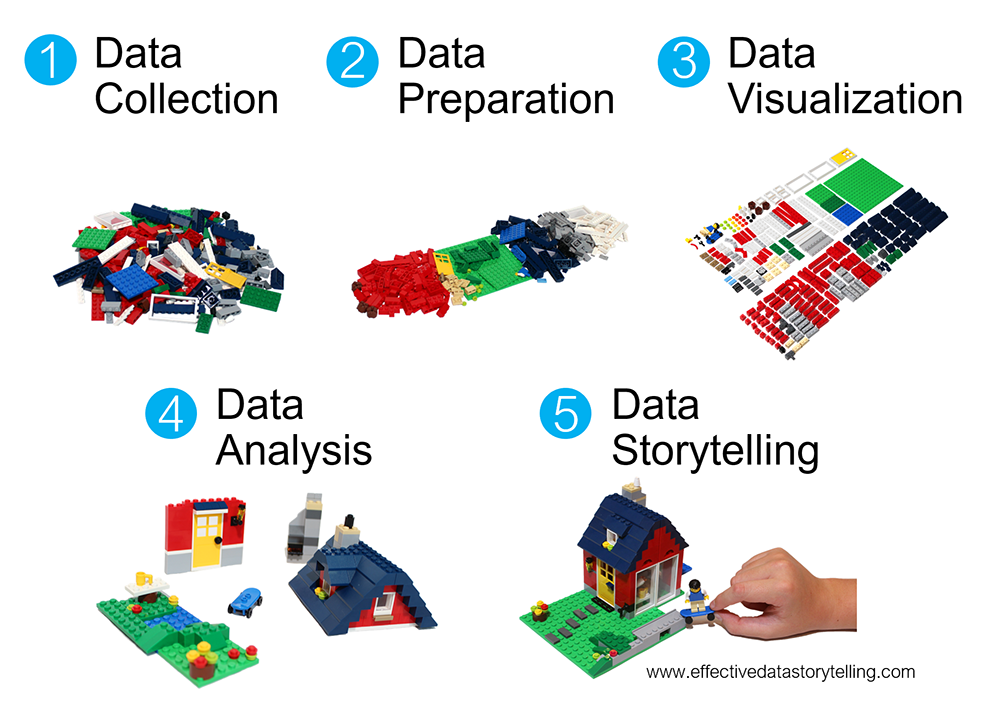
Tip #9: Market Available Commercial and Industrial Properties!
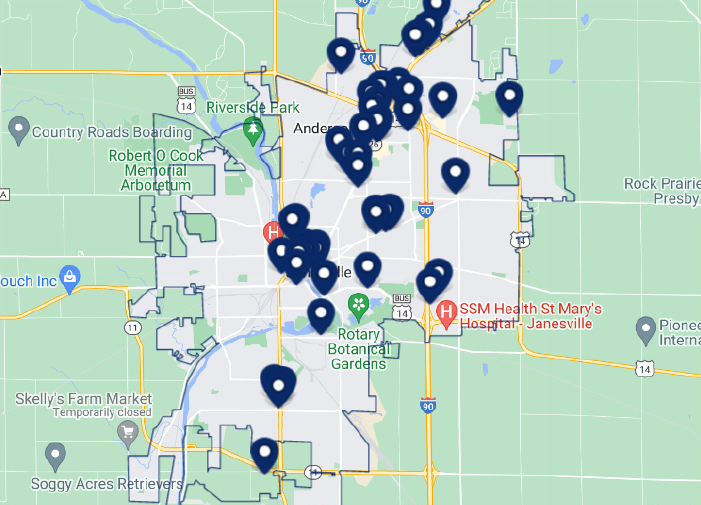
Work with your commercial brokers to provide listing information that you can publish (for free and to their benefit) on the community’s website. Municipal-owned land should be treated the same way, with quality images and listing information. Ask your state’s Economic Development Corporation as well for tips to market those properties as well as for any additional resources.
One tool I’ve used is Location One Information Systems (LOIS) which was provided to us through our utility company. What I loved about the tool was the access to ESRI reports based on the location of the available property. The tool can also be embedded into your website for seamless navigation and branding.
Tip #10: Be transparent about how you are willing to support business development.
Time is money. Time spent in meetings is costly, not only in deals that end up going nowhere but also in the opportunity cost of not pursuing alternatives. Communities can eliminate unnecessary meetings by being clear about what they are or are not willing to do to assist a project. One community I worked in targeted specific industries and offered job training incentives if the jobs created were at or above the living wage set by MIT. They also had an application for the firm seeking assistance to submit that outlined the firm’s history, the anticipated public impact, sources and uses of funds, financial need, and potential return for the developer.
Developers and investors want to have as many of the unknowns eliminated as possible. Providing easy access to clearly articulated goals and guidelines for your community’s economic development aids in eliminating some of those unknowns.
Tip #11: Consider Your Organization’s Capacity to Update and Maintain the Information.
This endeavor does require regular maintenance. Depending on the data source and your organization’s workflow, you could plan on updating publicly available data annually. December may be ideal due for communities in colder climates due to a slowdown in construction.
Marketing available properties requires ongoing communication with the brokerage community. Here are a couple of tips: Carefully think about the process for updating, creating, and removing available properties, who will be responsible for that undertaking, and how frequently. There is nothing worse than pointing a potential client to a site or building that was sold or leased last month.
Conclusion
The tips recommended here have been organized from easiest to hardest in terms of data research, visualization, organization, maintenance, and associated costs. These are the low-hanging fruit, I believe communities can identify, implement, and maintain through their community economic development department or contractually as a project-based service.
